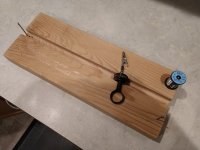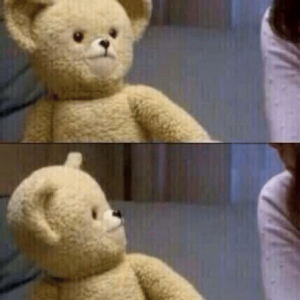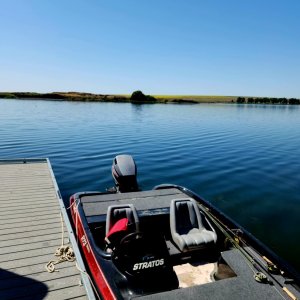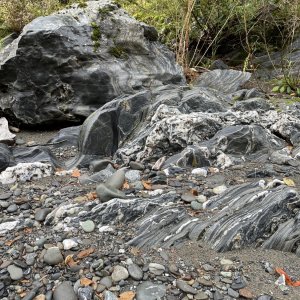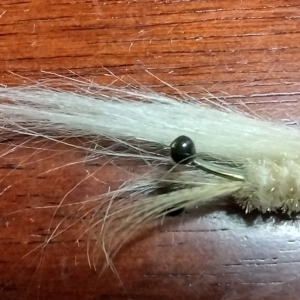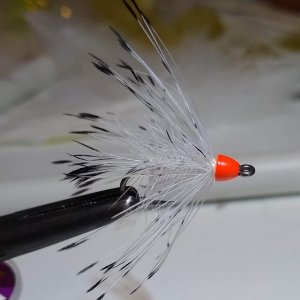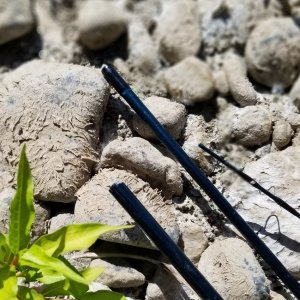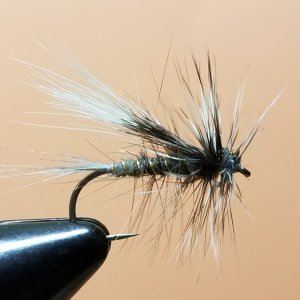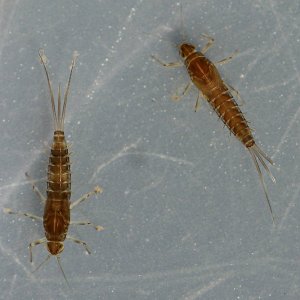Anyone build a brush table? And if so, have any tips?
I have a box of material from the FTD that I intended to make brushes with but I just haven't gotten around to it.
I thought this one looked relatively simple to build. It's something I want, but don't need, hence not wanting to buy.
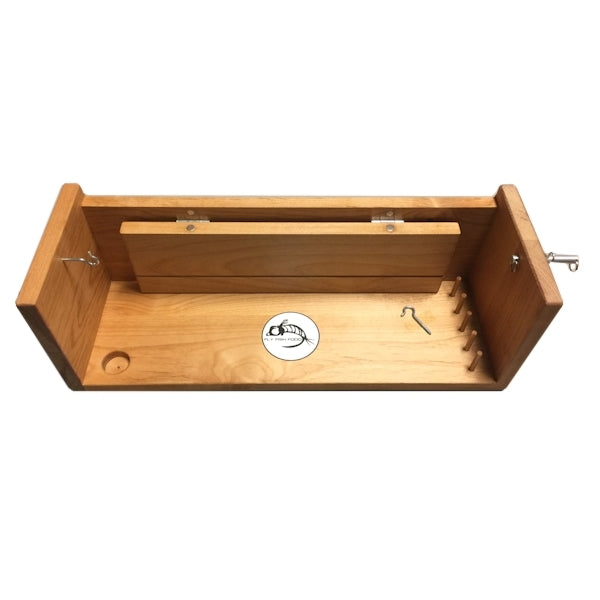
I have a box of material from the FTD that I intended to make brushes with but I just haven't gotten around to it.
I thought this one looked relatively simple to build. It's something I want, but don't need, hence not wanting to buy.




